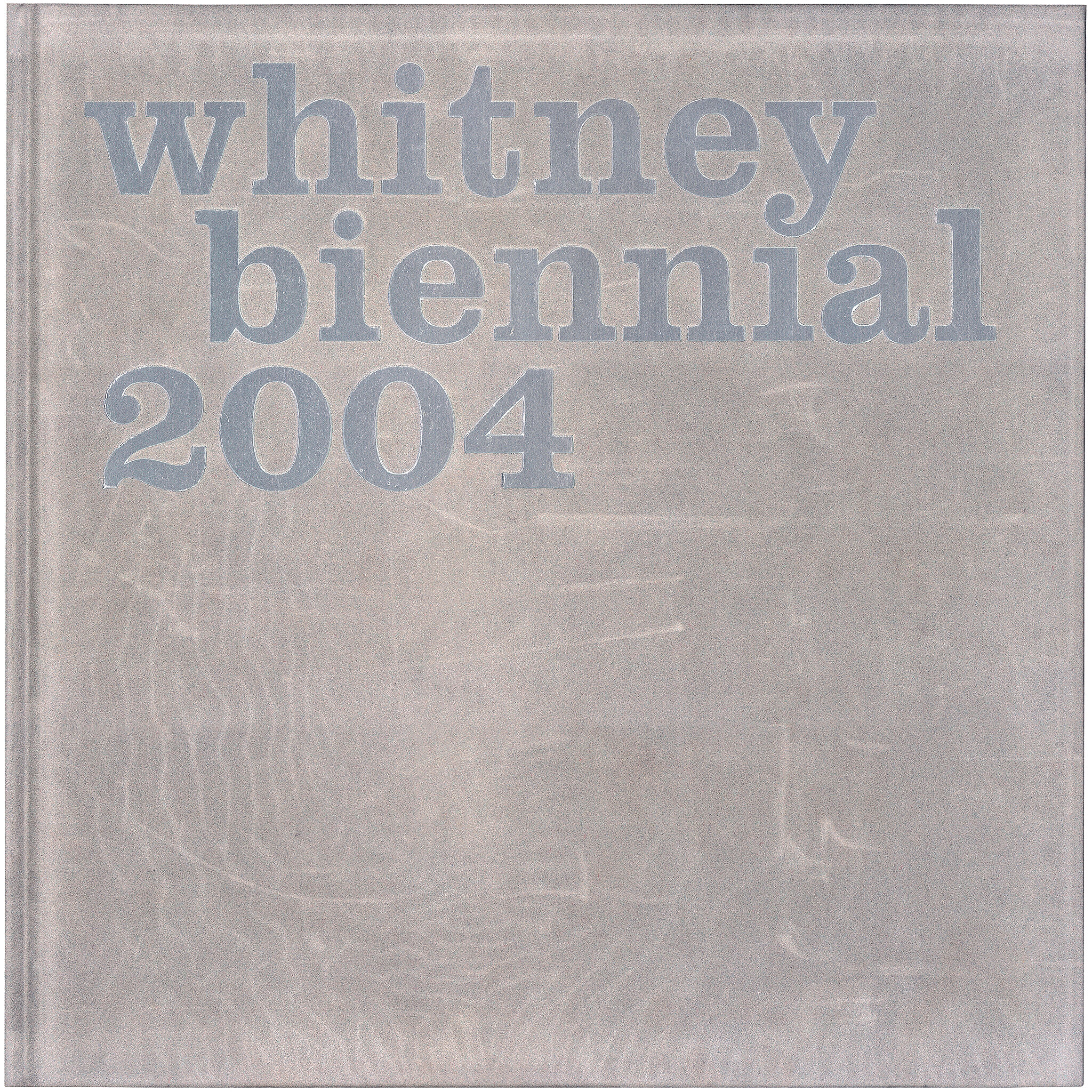Lee Mingwei
1964–
Introduction
Lee Mingwei (Chinese: 李明維; born 1964) is a Taiwanese-born American contemporary visual artist. He creates participatory installations, where strangers can explore issues of trust, intimacy, and self-awareness, and one-on-one events, in which visitors contemplate these issues with the artist through eating, sleeping, walking and conversation. Lee's projects are often open-ended scenarios for everyday interaction, and take on different forms with the involvement of participants and change during the course of an exhibition. He has had solo exhibitions in museums worldwide including The Metropolitan Museum of Art in New York City, Mori Art Museum in Tokyo, and Centre Pompidou in Paris.
Mingwei's mid-career survey exhibition "Lee Mingwei and His Relations" (2014–2016) was conceived by the Mori Art Museum in 2014, and traveled to Taipei Fine Arts Museum (2015) and Auckland Art Gallery Toi o Tāmaki (2016), with a European survey exhibition "Lee Mingwei: Li, Gifts and Rituals" at Gropius Bau (2020), which then traveled to Museum Villa Stuck (2021). He has participated at "Viva Arte Viva," The 57th International Art Exhibition - La Biennale di Venezia, curated by Christine Macel, and has been featured in biennials in Venice, Lyon, Liverpool, Taipei, Sydney, Whitney, Shanghai, and Sharjah and Asia Pacific Triennials.
Wikidata identifier
Q98520100
Information from Wikipedia, made available under the Creative Commons Attribution-ShareAlike License . Accessed January 2, 2026.
Introduction
Lee is noted for his participatory installations and performances that explore issues of intimacy, trust, and self-awareness.
Country of birth
Taiwan
Roles
Artist, conceptual artist, installation artist, performance artist
ULAN identifier
500122520
Names
Mingwei Lee, Lee Mingwei, 李明維
Information from the Getty Research Institute's Union List of Artist Names ® (ULAN), made available under the ODC Attribution License. Accessed January 2, 2026.

